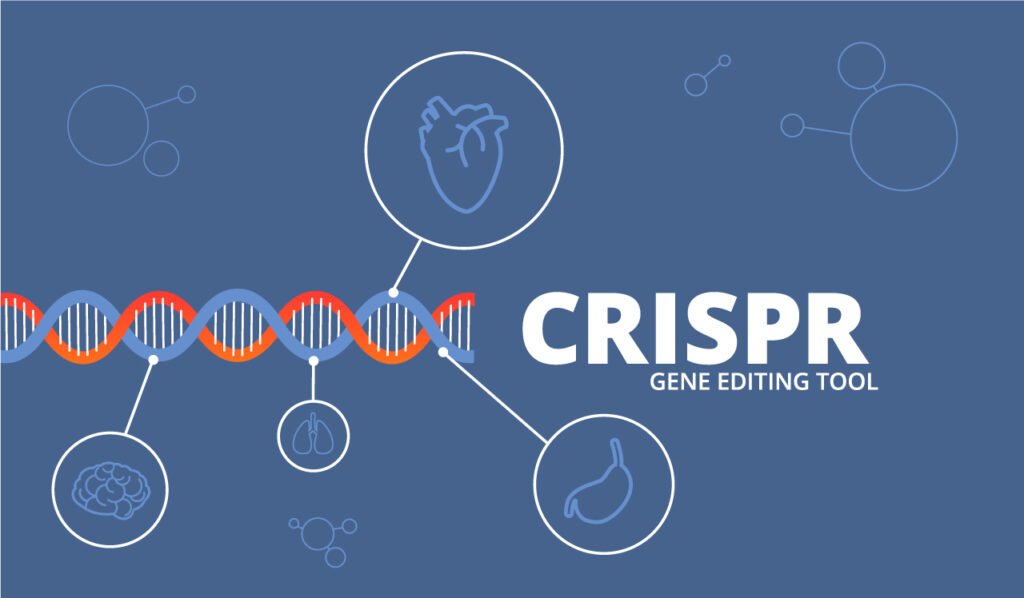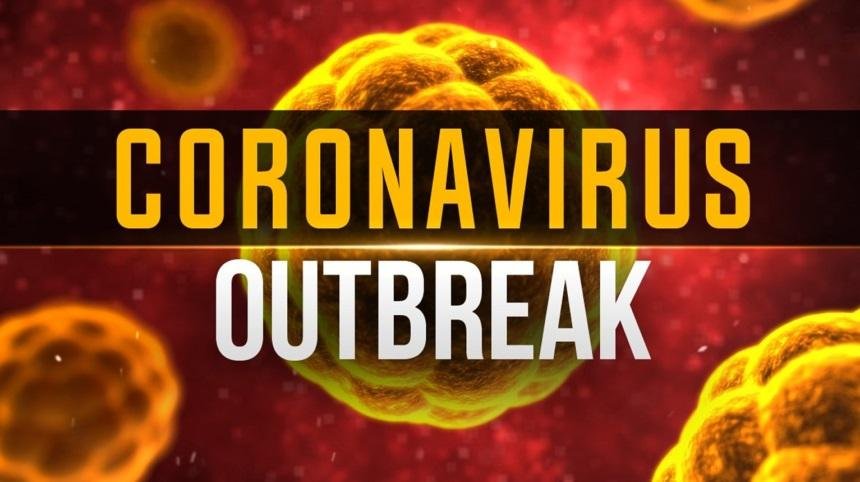America’s Fighting Chance for Change
When looking at the political system in America, one would assume we elect officials that will serve in our best interests and country’s well-being, but rarely do we ponder the reality of policy change. This raises the topic of Narrative Policy Framework (NPF). What is NPF? It’s the new kid on the block addressing the development of policy through a systematic, scientific approach with the understanding of how social components effect policy realities.
NPF is grounded within three levels – micro, meso, and macro – all of which contribute to the overall framework guiding policy development. These three levels include the individual level (micro), the group level (meso), and the cultural and institutional level (macro). With these conditions in mind, NPF has three sections of the policy narrative: narrative elements, narrative strategies, and policy beliefs.
“Who cares about NPF, I just want policy implemented that helps achieve change”
While you may want change, there are plenty of individuals, stakeholders, and organizations who oppose whatever policy you may want to implement or change.
Essentially, effective policy development comes about by those who share cohesion in messaging, ability to gather, and ability to sell. For better or worse, this can help those with an agenda regardless of intention to get a task accomplished.
Whenever new policy ideas begin to rise, whether it be universal healthcare or border security, there generally is a flashpoint that begins the whole narrative. This relates back to the three levels that NPF is grounded in. At the micro level, there is little effect that it has in the entirety of NPF, that is because individual mindsets can be often manipulated or easily biased to the most convincing information or argument. Rather, the levels of meso and macro are critical because those hold more influence over stakeholders and officials at a higher level. Though, for these levels to operate it relies on the ability to gather a large portion of the individual (micro) level attention.
Change, it is one of the hardest actions to do, from the individual level to organizational level. There are many approaches to change, especially related to frameworks, models, and behavior. The Narrative Policy Framework provides a good example of how dialogue and phrasing of an issue can either progress or hinder a movement. Although, to explain change is not as simple as saying, “Model X and Framework Y and Concept Z, contributed to change.”
Why?
From the view of a scientist, it is much easier to associate an outcome based on prior cases. However, change is not a simple science, nor should it be. Sure, certain case studies or methods exemplify the successes or failures of change, but in an tech filled lives, change is no longer easier to explain. In fact, it is now even more challenging.
Since the rise of President Trump, numerous social movements have gained traction and enormous popularity. Just to name two major movements that have grown drastically since Trump’s presidency are Black Lives Matter (BLM) and #MeToo. Safe to say, both of these movements have grown more rapidly than ever before with the help of social media. The question now is, can these movements survive under a Trump presidency in a divided country. In a case study on BLM, it discusses the very possibility of the movement suffering because Americans far more than one organization dominating the conversation. After the Charlottesville, Virginia incident, President Trump had referred to both sides having “fine people”, which further angered BLM activists, because “America was forced to consider that not everyone marching in the streets could be wrong”
Just looking at the BLM movement, we can attribute certain frameworks and methods that were used to further their mission objective and grow their base. Before we get too comfortable to think social movements are winning, it’s only logical to think President Trump and his supporters could use the same approach, to fuel their “Make America Great” movement and create a narrative that BLM activists can be a dangerous group. In a way we are definitely seeing disciplines from social movements being used by any activist group, but are we witnessing a change for the better or worse? That’s a question that may have no “right” answer.
From just these examples and the hundreds of others out there, we need to understand what impacts this can have on society and public health. Consider the many social issues in America that still exist today which have have never fully been resolved like women’s rights and racial inequality. Yes, there definitely has been progress made, there are still many hurdles to overcome, so when will we find a solution to issues like these, or will we ever? Truthfully, that is the million-dollar question that we must all ask ourselves. Another current example is the social and political movement around Medicare for all. It’s possibly another monumental movement for our broken healthcare system. But, with the divisiveness in today’s politics and amongst our public, it may very well encounter the same path of resistance that the Affordable Care Act did and continues to do so.
So, with the rise of technology and shifting conservative politics here in the US and abroad, what’s next?
The crucial next step is to educate and raise awareness amongst the most impacted populations around social justice issues. Yes, that sounds broad, but there is a reason for that. The reason is, you can gain more momentum with just having people care or at least resonating an emotion with them. Currently, the climate is either you are with a movement or you’re against, and that strategy simply is not going to work. Especially for public health issues! Public health is a unique field and profession, requiring professionals to combine science, social science, and current issues all into one and create solutions. For the security of our well-being and our country, today’s leaders need to focus more on having people involved and making them care about their future. A key example of why this approach may be one our best solutions comes from the Occupy Wall Street (OWS) movement. OWS had no formal demands, no political bias, and no deliverables. But it did have the power to get people more involved than ever before, from democrats to republicans, from young to old. It is good to see how issues have started, progressed, failed, or keep going, because we can always learn what to do better.
If you’re reading this and thinking, “Wow, can I achieve what I want to change?” the answer is Yes! But with a disclaimer: get ready to roll-up your sleeves and get to work. The leaders of today and the future need to be able to understand social constructs, cultural obligations, and changing ideologies. It is going to require multi-faceted skills and education, and most importantly patience. Whether you’re seeking to topple capitalist structures or helping your neighborhood plant more trees, it will all require patience. The reason social movements are now growing stronger than ever before, is because there are people out there who have the passion to incite change, because they know that any change is better than none.
Whether you’re an individual or an organization, the one thing to remember is, we are the future of change.
Written By Pavan L.
Dec 6, 2019
Social Share
Latest Blogs
Breakthrough AI Study Unveils Gender-Specific Brain Features Linked to Cognitive Functions
In a new groundbreaking study, researchers...
Biohacking the World – The Future of Genetics
The genetic code of humans is what sets us...
The Impact of Healthcare Information on Covid-19 Perception
In the United States they are over 5.2...
10 Things You Need For Your First Day of Clinical Rotations
My name is Keshu Mahesh and I’m currently a...
Coronavirus in the US: Latest Updates on the Covid-19 Pandemic
Updated March 30, 2020, 9:00 PM EST In the...








0 Comments